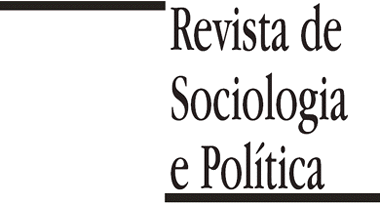Abstract
Introduction
The greater the state capacity, the less corruption? This article tests the hypothesis that state capacity reduces levels of corruption in Latin America in the period between 1996 and 2015.
Materials and methods
For a robustness test, the level of absence of corruption was measured by two different indices, the CPI index of Transparency International and the CCI index of the World Bank. State capacity was measured through tax collection as a percentage of GDP; the State’s coercive capacity was measured by military expenditures as a percentage of GDP; administrative capacity was measured through the bureaucratic quality index of the ICRG. For the hypothesis tests two PCSE data panels were estimated, one with the CPI as dependent variable and another with the CCI as dependent variable.
Results
The results suggest that the main hypothesis was confirmed: the state capacity increases the levels of absence of corruption, even after the test of robustness for the two measures of absence of corruption and with controls for possible political and socioeconomic determinants of corruption suggested in the literature. However, the measure of administrative capacity only achieved significance with the CCI index as a dependent variable.
Discussion
This research will contribute to the literature when analyzing a new determinant of corruption, state capacity, showing that this should be included in the studies that intend to analyze its causes.
Keywords:
state capacity; administrative capacity; coercive capacity; corruption; Latin America

 Fonte: Elaboração da autora, com base nos dados dos Índices CPI e CCI (Instituto QOG).
Fonte: Elaboração da autora, com base nos dados dos Índices CPI e CCI (Instituto QOG).
 Fonte: Elaboração da autora, com base nos dados do ICRG, OECD e Banco Mundial (Instituto QOG).
Fonte: Elaboração da autora, com base nos dados do ICRG, OECD e Banco Mundial (Instituto QOG).